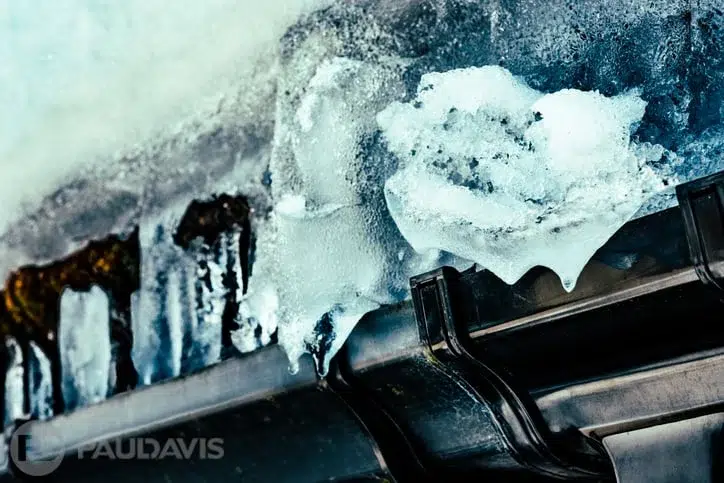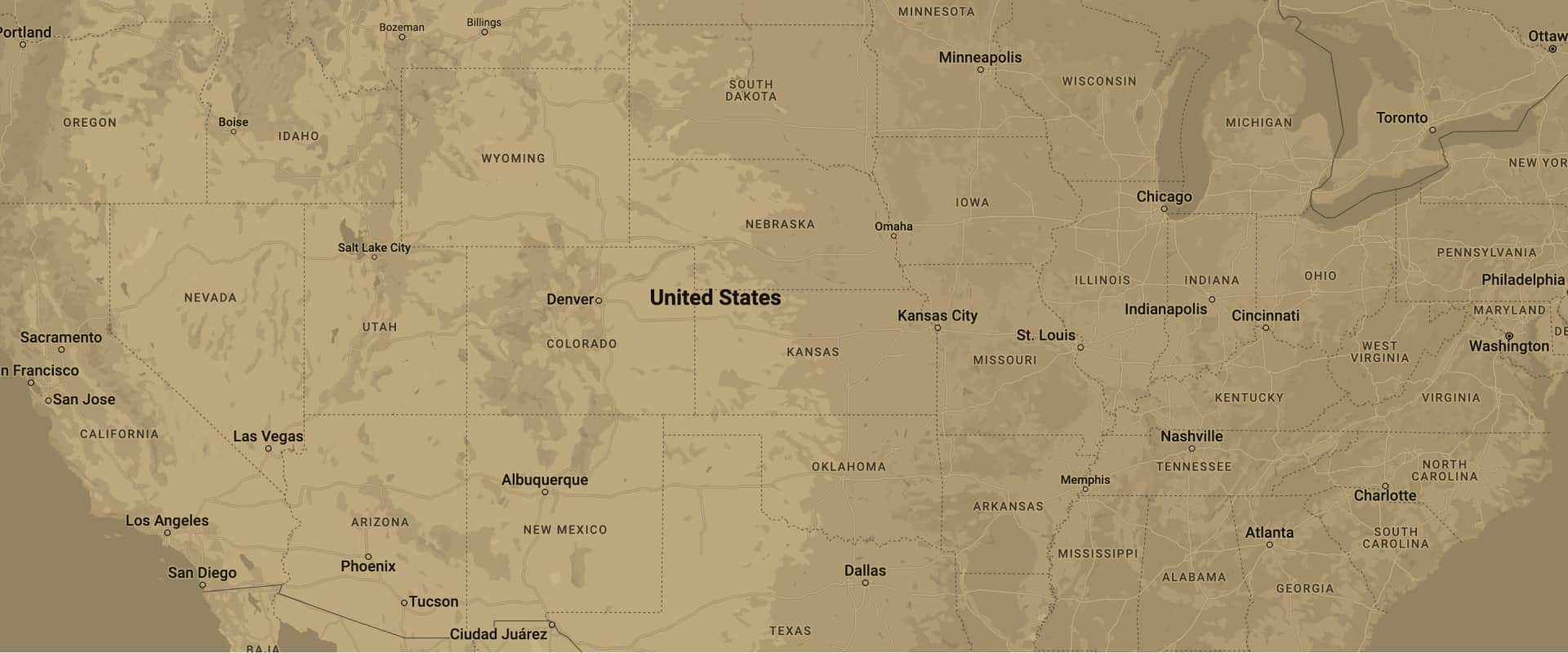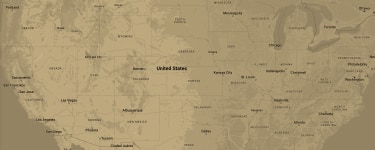
For property owners in northern climates, indoor water damage stemming from the roof is a bigger threat after winter snows than summer thunderstorms. The frigid problem starts with ice dams: the roof melts snow, water flows down to the colder eaves and refreezes there. As this cycle repeats, ice accumulates in layers, pushes under shingles and eventually leaks into walls, ceiling and insulation. Larger ice dams – one to two feet thick specimens are not uncommon – may be visible along roof edges and can damage structures simply due to their weight. Some are heavy enough to pull gutters off buildings or detach and fall on unsuspecting pedestrians below.
Ice dams provoke big property owner headaches for a few important reasons. First, ice and snow melt at 35 degrees F and freeze again at 32 degrees F. Cycling over this small range may occur many times in a single day, creating ice dams in short order. Second, roofs aren’t designed to repel standing water but instead to shed flowing water. Third, well-designed attics are intentionally kept very cold. Most, however, are much warmer than the outside air because so much heat leaks from the structure upward into the attic.
“Combatting ice dams demands a multifaceted approach,” advises Leslie Anderson, Vice President of Training for Paul Davis. “You have to minimize attic heat gain, maximize attic ventilation, evaluate roof vulnerabilities, perform regular maintenance and, of course, get skilled help when needed.” Anderson notes that seven measures help meet these goals:
- Survey your attic to list all openings, no matter how small, that feed heat from living areas into the space: chimneys, plumbing pipes, electrical conduits, fan outlets, junction boxes. Insulate or caulk these openings.
- Improve the attic entrances. Without proper gasketing, entrances are the biggest offenders that channel heat into attics.
- Increase insulation. Attics should ideally have at least a foot of insulation between living spaces and attic interiors.
- Inspect ventilation outlets. Heat that enters the attic – and some is inevitable – needs an easy escape route. Ensure that roof vents are sufficient and unblocked.
- If possible and safe, remove heavy snow from roofs regularly. Snow insulates the attic and boosts attic temperature.
- Consider a heat cable system. These inexpensive electric cables warm the eaves just enough to prevent ice formation.
- Call a professional. If you suspect ice dams have been or will be a problem for your structure, retain a professional to address the problem. Once you see visible damage indoors, damage behind walls and ceiling may be extensive.
With proper measures, ice dams can be prevented. Winter water damage occurred despite best efforts? Paul Davis pros are just a phone call away.











